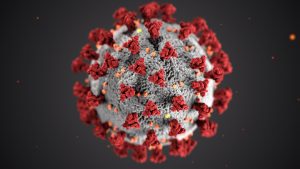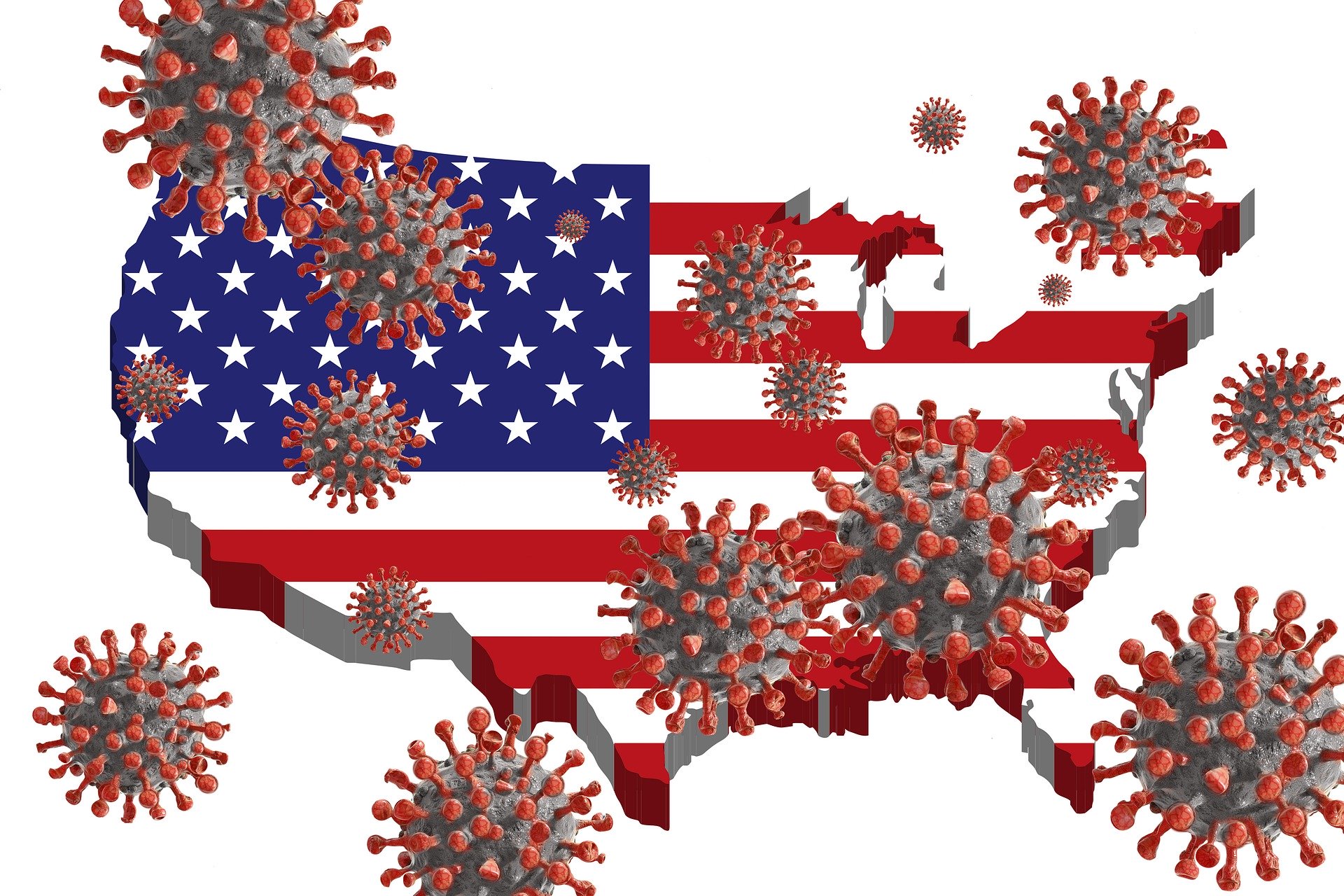This assistance will cover many people who are not generally afforded such benefits, including the so-called “gig economy” workers and part-time employees.
On March 18th, President Trump signed into law a 2 trillion-dollar coronavirus aid package. Among other things, the legislation provides paid family and sick leave for some, but not all, domestic workers affected by the virus, expands unemployment insurance assistance, increases resources for free testing, and includes nutrition-related assistance. The benefits will last until December 31, 2020. This is the first time in U.S. history that we will have comprehensive federally mandated paid leave, a much-needed benefit for those workers who have been forced to take some time off of work because of the pandemic. This assistance will cover many people who are not generally afforded such benefits, including the so-called “gig economy” workers and part-time employees. It will not, however, cover approximately half of all U.S. private-sector workers, including many employed by some of our nations’ largest businesses.
Specifically, the package will provide qualified workers with two weeks of paid sick leave if they are quarantined, ill, awaiting diagnosis, or caring for a sick family member. It will also provide 12 weeks of paid leave to those who are caring for children being home-schooled or whose regular child care provider is not available to provide services as a result of the virus. Most workers at companies with less than 500 people can receive this paid leave benefit if they have been working for the employer for a minimum of 30-consecutive days. Part-timers and the self-employed are included in this coverage.
There are a few notable exclusions, however. For instance, those workers at companies with over 500 people are not entitled to the benefit. This is a fairly significant carve-out, as approximately half of all American workers provide services to large companies with employees in the thousands. Additionally, while workers at companies with fewer than 50 people are technically covered, the law provides an exemption to those businesses where providing paid leave would likely force them to close their doors. Additionally, employers may also deny the benefit to first responders handling the pandemic.

Now let’s get more specific with the numbers. If a worker is either ill, awaiting diagnosis, or quarantined, that individual is entitled to the full amount that he or she is usually paid, with a cap of $511 per day. If the worker is, instead, caring for a family member or taking care of a child that is no longer attending school on-site, that individual is entitled to 2/3 of his or her usual pay, with a cap of $200 per day. Remember: W2 employees are not the only workers entitled to the paid leave benefit — self-employed workers are also entitled to it, provided that they pay their taxes! These individuals should calculate their average daily self-employment income for the entire year and then claim, on their tax return, the amount that they take as a tax credit. Estimated quarterly payments can be reduced to take this credit into account. As far as part-time employees are concerned, they will simply be paid the average amount that they typically earn in a two-week period.
The U.S. Labor Department will be issuing guidelines on or before April 2nd to assist employers in determining how much paid leave they should be providing to their workers. After April 2nd, a qualified worked can take the leave that he or she is legally entitled to by simply notifying his or her employer.
If you are an employer, not to worry – you haven’t been left out in the cold just yet. Employers will receive a payroll tax credit covering 100% of the outlays described above. They will also be fully reimbursed for their contribution to their workers’ health insurance premiums. All payments will be made within three months of the employer’s payments.
And finally, if you’ve been excluded because you work at a fairly large corporation, don’t fret. Workers at large companies can still continue to take whatever sick leave the business already offers. In fact, some public companies, including Target and Walmart, have already augmented their sick leave policies in response to the pandemic. And under the Family and Medical Leave Act of 1933, workers are entitled to up to 12 weeks of unpaid medical and family leave if both of the following are true (1) the business has at least 50 employees; and (2) the worker has been with the company for a minimum of one-year.
Good luck and stay safe!


Join the conversation!